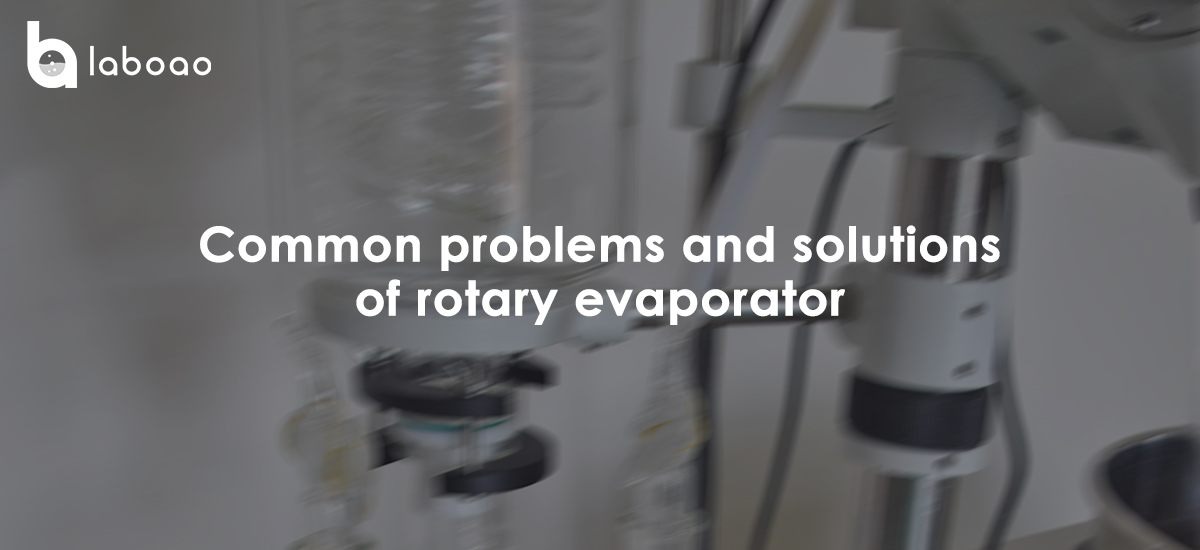
In order to ensure the efficient operation of the rotary evaporator and thus improve the efficiency of our experimental work, the correct way of use is essential. This article explores the problems that are prone to occur when using the rotary evaporator and their solutions.
Problem 1: Risk of glass center axis fracture
According to our statistics, the part with the highest damage rate of glass components of laboratory desktop small rotary evaporators is the glass center axis. Although the glass center axis has the advantages of high hardness, small deformation, and corrosion resistance, it also has the disadvantages of low toughness and easy fracture by impact or lateral shear force.
During the operation of the rotary evaporator, after the ground mouth of the glass shaft is connected to the ground mouth of the evaporating bottle, the rotary evaporating bottle is driven to rotate. Most of the load of the evaporating bottle is on the glass shaft. When there is too much sample in our evaporating bottle, the glass center axis is at risk of fracture.
Secondly, after the experiment, the evaporating bottle was stuck because some samples crystallized at the connection between the bottle mouth and the glass shaft during the evaporation process. The experimenter forcibly removed the evaporating bottle, and the miracle of great force caused the glass shaft to break.
Solution:
1. The thickened glass center axis upgraded to high borosilicate glass can resist greater lateral shear force, can carry more samples and rotate continuously for a long time;
2. A bottle ejector is added. After rotating the auxiliary ejector counterclockwise, the evaporating bottle can be removed smoothly without the risk of glass center axis breaking.
Operation habit suggestions:
1. After the rotary evaporation experiment, release the pressure first, then take out the evaporating bottle, and avoid taking the bottle directly under negative pressure;
2. The single addition of materials should not exceed 1/2 of the capacity of the rotary evaporation bottle. Adding too much material at one time will not only put too much burden on the glass center axis, but also have the risk of rapid evaporation and boiling of the sample;
Problem 2: The vacuum degree cannot be pumped down
Another common problem is that the vacuum degree cannot be pumped down after long-term use of rotary evaporation. This situation is generally caused by air leakage at the sealing ring.
The rotary evaporation sealing ring is generally made of high fluorine rubber material, which has strong corrosion resistance to most organic solvents and mainly plays a sealing role. However, it will still have aging problems after long-term immersion in organic vapor. It is a consumable item, and we can solve it by replacing it with a new sealing pad.
Solution:
1. Install the seal ring correctly, select the original seal ring to ensure the matching of size and specifications, install it correctly in place to avoid deformation or damage of the seal ring;
2. After the experiment, keep the seal ring clean, clean the residual solvent and sample crystals in time, and reduce the corrosion of the seal ring caused by residual organic matter.
In addition, our rotary evaporator uses a combination of polytetrafluoroethylene gasket + high fluorine seal ring, which greatly extends the service life of the seal ring.